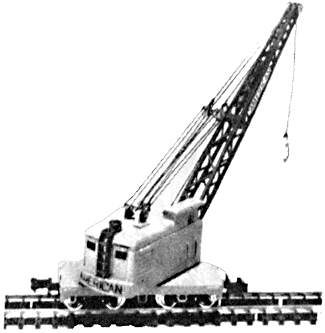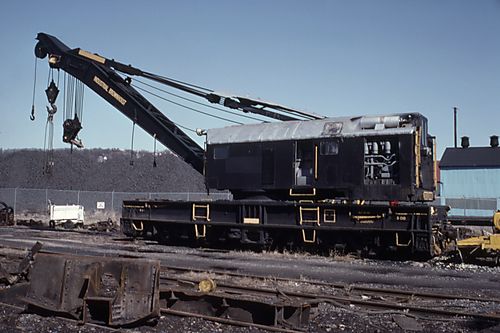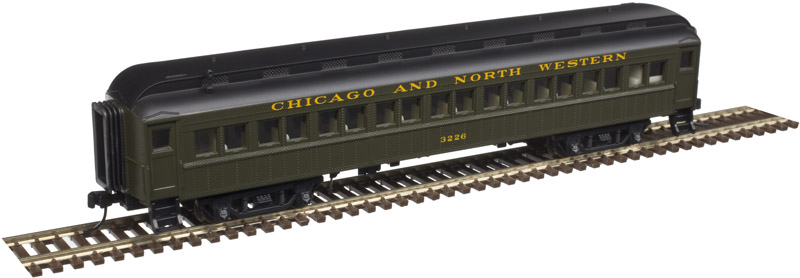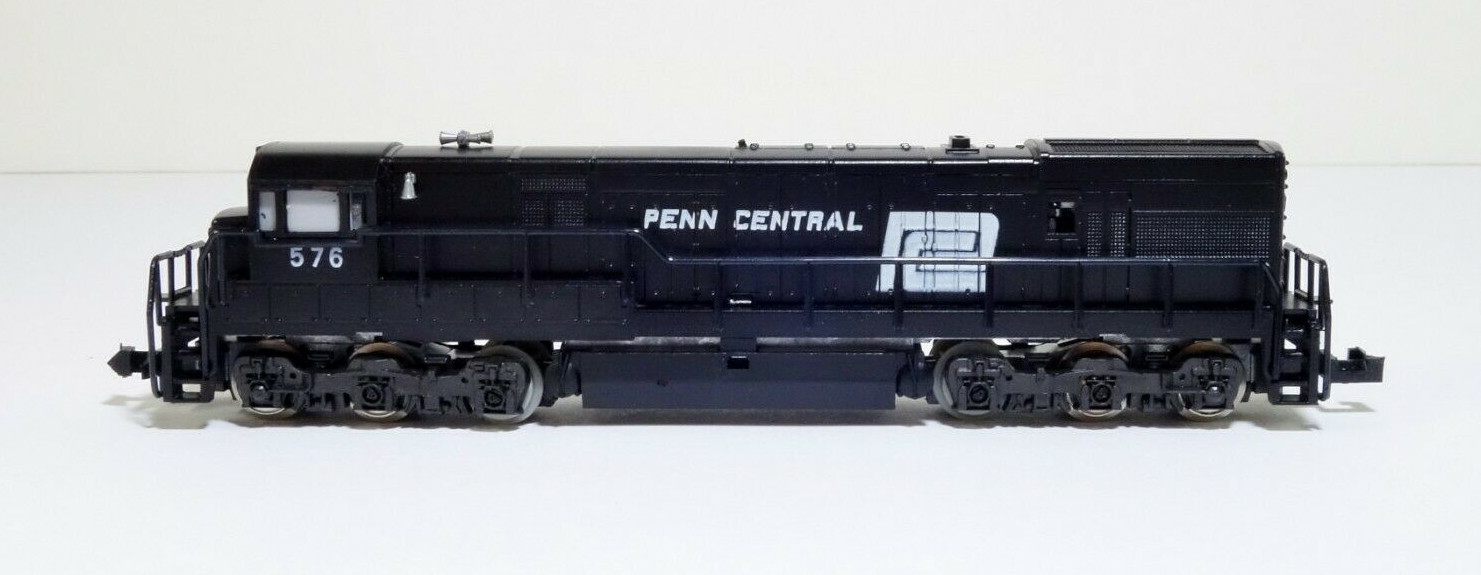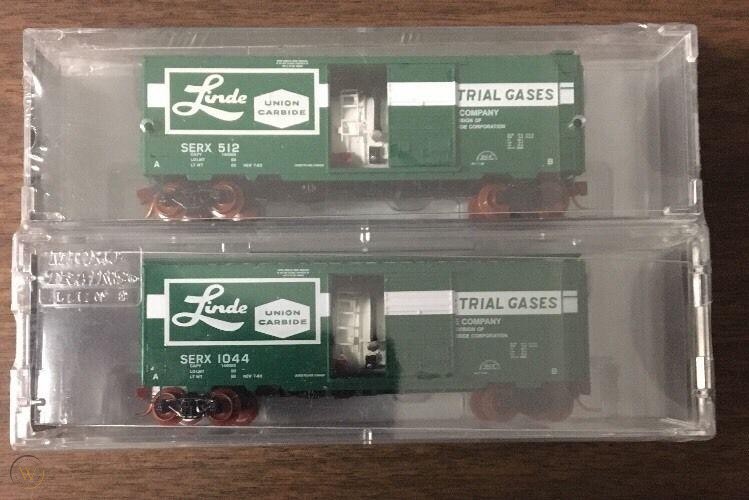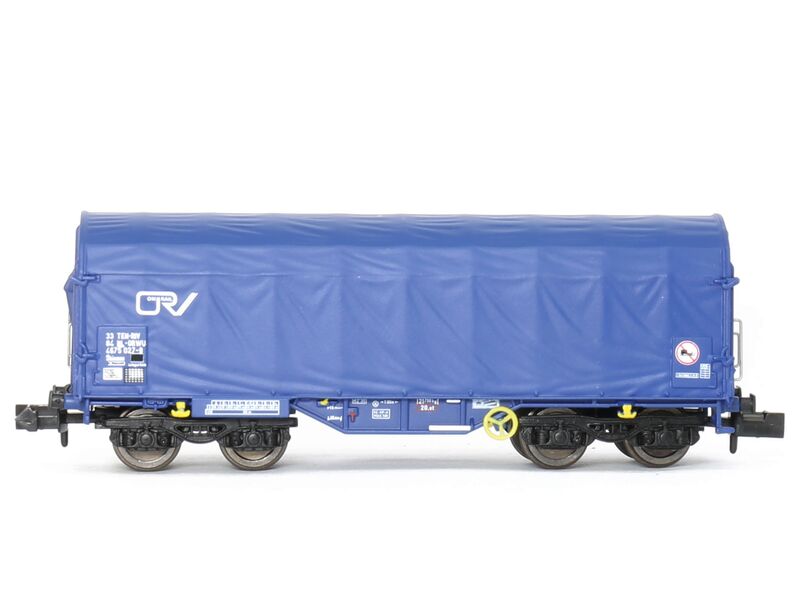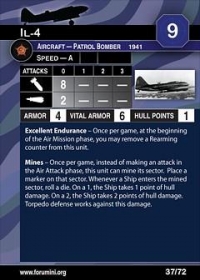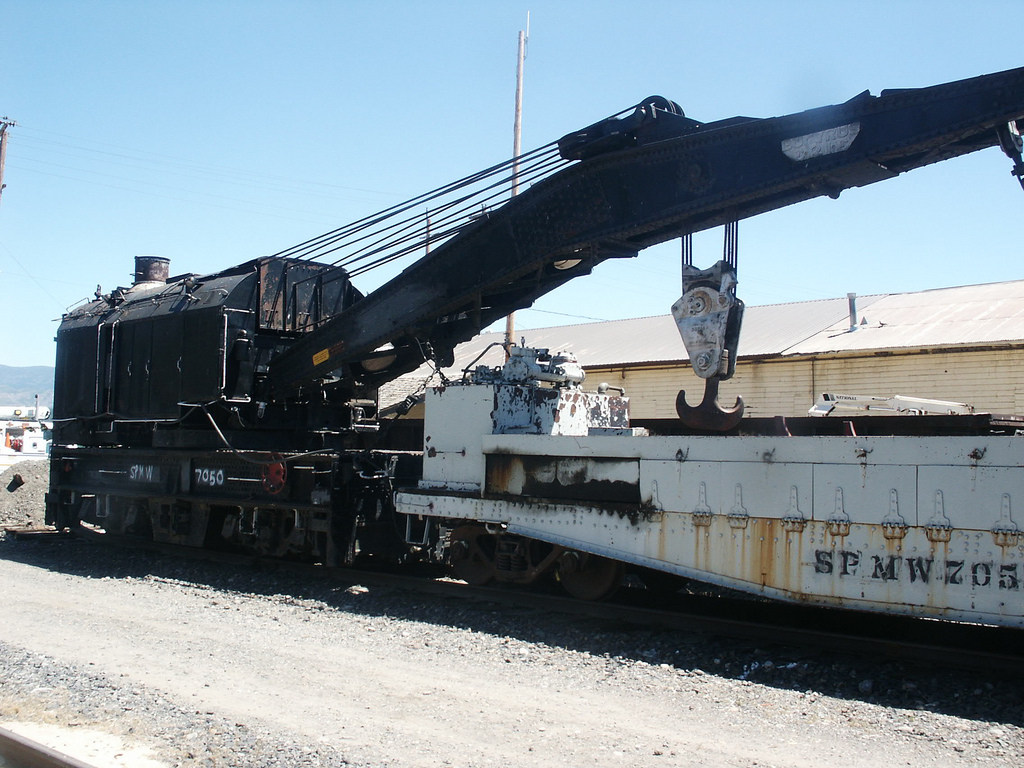Prototype History: A complete wreck train consisted of a locomotive, a wreck crane, tool cars, and enough bunk and cook cars for personnel required for a particular wreck. Wreck cranes and tool cars were often stationed at strategic points along the railway line. Division terminals were considered strategic points because locomotives and engine, train, and wreck car crews were always available on call. Wreck train equipment had to be prepared for immediate movement. Ties, rails, spikes, and other repair materials are stockpiled at various points. An emergency supply of such items were also loaded in suitable cars and held with each wrecker as part of the wreck train.
A wreck train, or “relief train” as the railroads preferred to call them used a huge piece of equipment built by companies such as Brownhoist. A typical wrecking crane was powered by twin diesel engines with a 500,000 pound capacity. This crane could easily lift an entire Reading T-1 steam locomotive. At 191-tons, it is a very heavy piece of equipment. It easily outweighs an Alco C630!
A wreck train, or “relief train” as the railroads preferred to call them used a huge piece of equipment built by companies such as Brownhoist. A typical wrecking crane was powered by twin diesel engines with a 500,000 pound capacity. This crane could easily lift an entire Reading T-1 steam locomotive. At 191-tons, it is a very heavy piece of equipment. It easily outweighs an Alco C630!
Road Name History:  Although they may be molded in color, unpainted and unlettered, undecorated products are marketed to modelers who seek to custom decorate their models for private roads and/or road and/or company names that were not commercially produced by any of the major manufacturers.
Although they may be molded in color, unpainted and unlettered, undecorated products are marketed to modelers who seek to custom decorate their models for private roads and/or road and/or company names that were not commercially produced by any of the major manufacturers.
Undecorated models are frequently also unassembled or only partially assembled and required modelers to be comfortable with glue, paint and sometimes solder in order to prepare their models for display. Materials for these models can vary but often include plastic, pewter and resin. Models may or may not come with decals or other decorations such as plastic signage, railings and ladders to enhance the appearance of the final product.

Undecorated models are frequently also unassembled or only partially assembled and required modelers to be comfortable with glue, paint and sometimes solder in order to prepare their models for display. Materials for these models can vary but often include plastic, pewter and resin. Models may or may not come with decals or other decorations such as plastic signage, railings and ladders to enhance the appearance of the final product.
Brand/Importer Information: 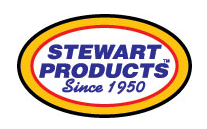 Stewart Products is located in Benton Harbor, Michigan, and was founded in 1950 by Willis Stewart. Stewart manufactures a diverse product line that includes everything from detail parts to freight car loads.
Scales: HO, N, O
Feature Products: Locomotives, Freight and Passenger Cars, Structures
Specific Eras: Steam-to-diesel transition (1940-1960), Classic Diesel (1960-1980), Modern (1980-Present)
Stewart Products is located in Benton Harbor, Michigan, and was founded in 1950 by Willis Stewart. Stewart manufactures a diverse product line that includes everything from detail parts to freight car loads.
Scales: HO, N, O
Feature Products: Locomotives, Freight and Passenger Cars, Structures
Specific Eras: Steam-to-diesel transition (1940-1960), Classic Diesel (1960-1980), Modern (1980-Present)

Item created by: dennis.kamper on 2020-09-26 12:44:57. Last edited by CNW400 on 2021-11-08 10:42:09
If you see errors or missing data in this entry, please feel free to log in and edit it. Anyone with a Gmail account can log in instantly.
If you see errors or missing data in this entry, please feel free to log in and edit it. Anyone with a Gmail account can log in instantly.


